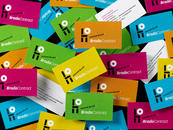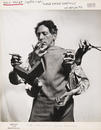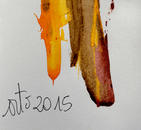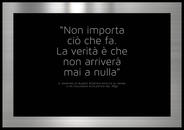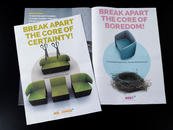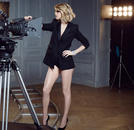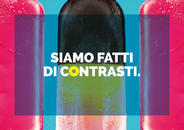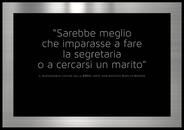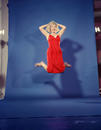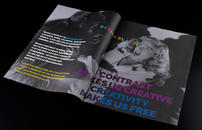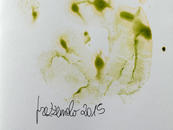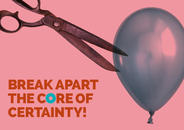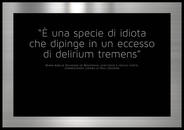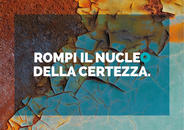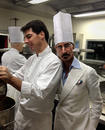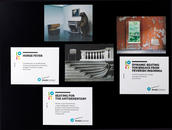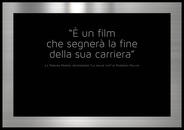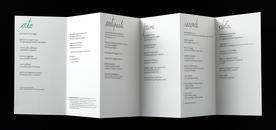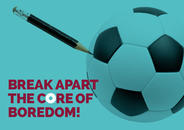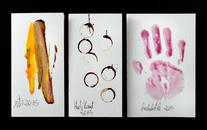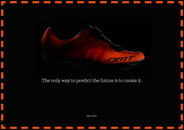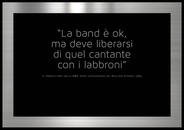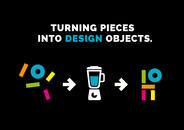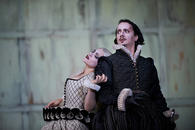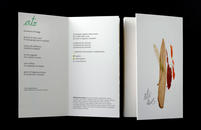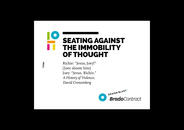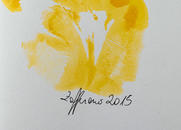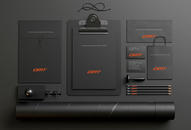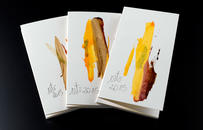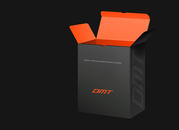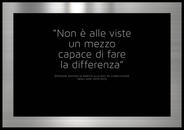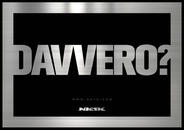Triumph
There are days when it's hard to hold back and not feel satisfied, almost triumphant, with one’s self. We need to be as strong as iron, or at least have considerable moral discipline, to not reveal one’s self-satisfaction in certain situations. In these cases, as in the ancient Roman ceremony celebrating triumphant generals, it would be best if a fellow officer would repeat to your face, with impudence and at regular intervals, the famous maxim "Hominem te esse memento", which can be roughly translated as "Remember that you are only a man." This saying was used in moments of glory to remind soldiers to keep their victory from going to their head.
But sometimes everything seems to come together, and for just a few hours you are able to enjoy the fruit of months and months of hard work. And in those days, it is nice to come home at night thinking that what has been accomplished and the effort it require, that the struggle ended in substance or an action, meaning it has a precise value, received and shared, and isn’t a simple adjective tacked on to something, as very often happens in advertising.
On one recent day, we received the prototypes of a vast collection of sports shoes which we had worked on for months, chiselling away on Illustrator, Photoshop and 3D samples; on the same day, the complete communication package we designed for a new brand of chairs was presented at a trade fair in Cologne; and a new menu we helped to create for a top Italian restaurant group was presented to the Italian press. But the satisfaction, that I had the audacity to compare to a triumph, wasn’t really related to fulfilling a goal, as the journey itself. These three projectss, which surprisingly concluded in unison, are characterized by a consistent modus operandi. There is something important, even precisely decisive, that they have in common. In all three cases, we were first confronted with the problem of trying to avoid being ensnared in any way by what already existed, by preconceptions, or by what something we had seen, liked and considered successful. In all three cases, we had to work we had to begin by forgetting. Therefore, we analyzed the problem of a"racing cycling shoe,” the problem of "the image of contract design chairs,"and the problem "menus of Michelin-starred restaurants," as if for the first time we had come across in these issues, as if there had never been cycling shoes, as if we had never designed a corporate image and advertising campaign for contract chairs, and never designed restaurant menus.
Given these conditions, everything falls into the latticework of pure dialectic. Imagine a cycling shoe and you only think about “what you would like”. And share these desired with your co-workers, a model maker, a former cyclist,and the owner of the company. Then share them with a graphic designer, who also happens to be fond of cycling. Speak only of desires, not targets, budget, business, marketing, mission, planning... (help!). Bring desires and skills into play at the same table. Skills that need to be managed and harnessed. It’s thrilling to be a part of the creative processes of such a diverse, yet smart and motivated group. The other characteristic that unites these three projects is that they were carried out step-by-step with the client, so that, in the end, it’s impossible to know who did what. This democratic mingling ultimately made us proud.
The last of the three projects deserves a special mention, that of the new menus for the Alajmo restaurant group. Several years ago, the size of the menus seemed to reflect the size of the restaurants. We decided to step away from preconeived notions and focus on “what we would like the menu to be.” But I should mention that the team involved in this decision was composed of three people with very different sensibilities, training and professions ( a chef, a manager and a graphic designer). Coming up with a new menu format was a slow process, requiring a lot of back and forth. The result was a small booklet printed on handmade paper and bound with a colored string. The tasting menus and dishes were presented as small poems. I clearly remember the first day the menus were used in the restaruants. The waiters openely collected feedback from the clients. On first sight, many considered the menus cheap (help!), but over time they became a classic and were even copied by other restaurants throughout italy.
Even the most change in menu format was the result of a similar process, leading to very different results. Once again, the process was slow. It began in the fall of 2014 as an unconditioned evolution in comunication that followed a specific culinary philosopy. Now, the new, accordian format may be used by other restaurants in the world. It’s a simple question of probability. There are so many restaurants and only so many formats. But I can testify to the fact that we came up with this format ourselves, not basing our ideas on anything else we had seen. The starting point was a clean slate and a problem to be resolved. That’s it.
On a more general note, this has been a time of harvest for us, after months of planning and production at breakneck speed. Therefore, I feel that I can also mention other projects we completed with satisfaction: the new corporate identity of DMT; the MyColor innovative system, designed together with Quamm; the teaser of the a new competition tool, which will be presented in August in Germany. And if that weren’t enough, we received an important award for the lastest Cipollini video, and our corporate image for Upstream salmon was nominated both for the prestigous ADI – Golden Compass award and OneMorePack award.
Finally, in the light of what was previously stated, I have come up with a new way to share our experiences. Place yourself in front of a problem (a product or a service that requires a real form) as if it were a sentence and remove the adjetives. Without adjetives, all that is left is substance (the object) and the action (the verb). Only be eliminating adjetives (preconceived notions) can you clearly arrive at what you want to say. And do.
13/05/2015 Filippo Maglione

